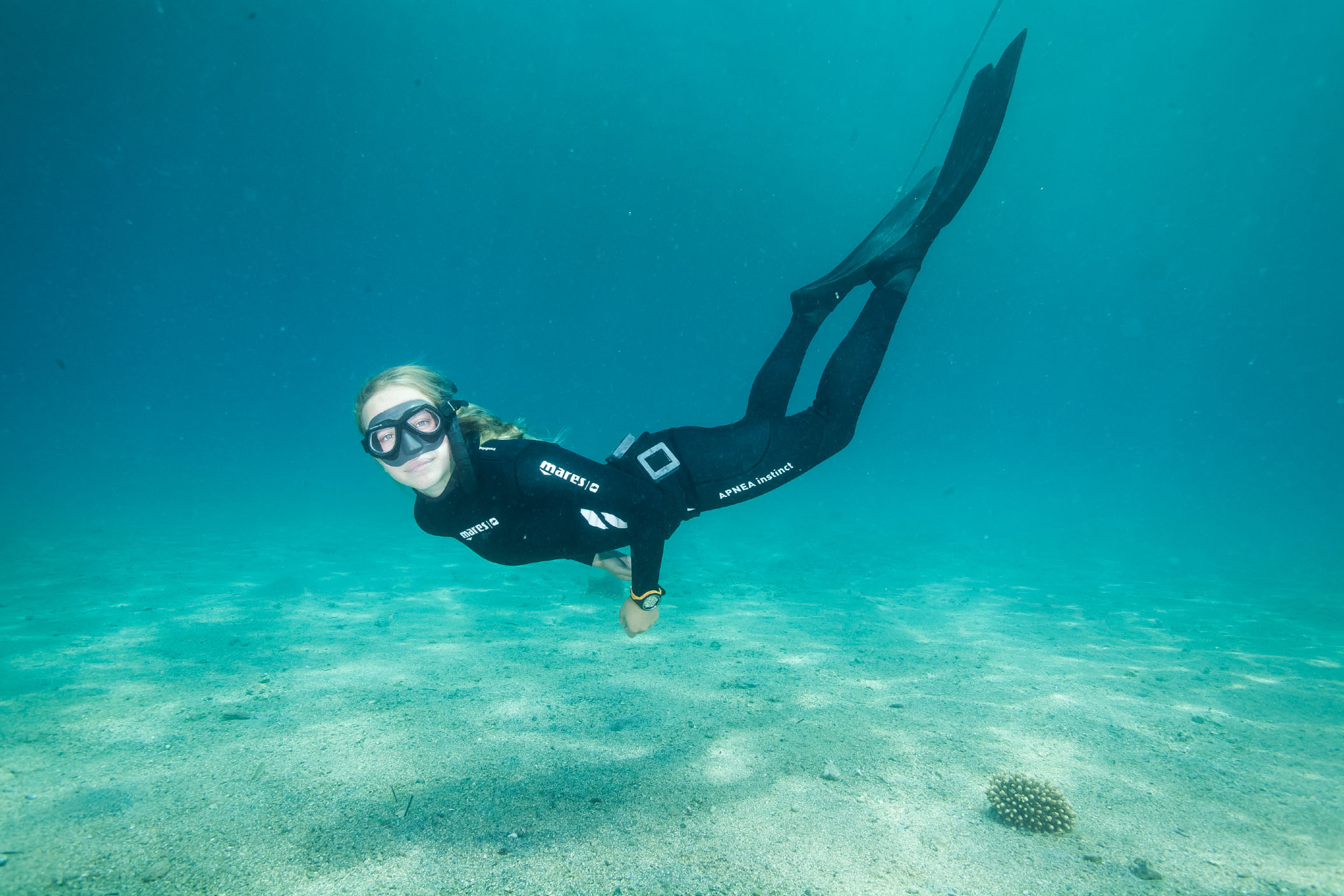Follow the rules
10 safety rules for water sports

Check the weather
Check the weather forecast before setting off and be aware of possible weather hazards.
You are safer on the road with a partner
Respect others: Be respectful of other participants, swimmers and boaters and give them plenty of space.
Know the rules
Familiarize yourself with the specific rules and regulations that apply to the water sport you are participating in and follow them at all times.
Assess wind, waves and current
Be aware that these conditions can change quickly.
Safety of entry and exit points
Safety when getting in and out of the water is crucial for avoiding accidents and injuries.
Know your limits/training
Knowing your own abilities and limits is crucial to minimizing risks in water sports.
Always use the right equipment
Using the correct equipment is essential to ensure a high level of safety in water sports.
Protection of swimmers and divers:
As swimmers and divers are more vulnerable than boats or jet skis, it is important to keep a safe distance at all times to avoid accidents.
Meaning of the speed limit
Maintaining a low speed near the shore is crucial to ensure the safety of water sports enthusiasts and other people near the shore.
Enjoy nature and protect the environment
A respectful approach to the environment and the marine ecosystem is crucial to preserving natural beauty and diversity.